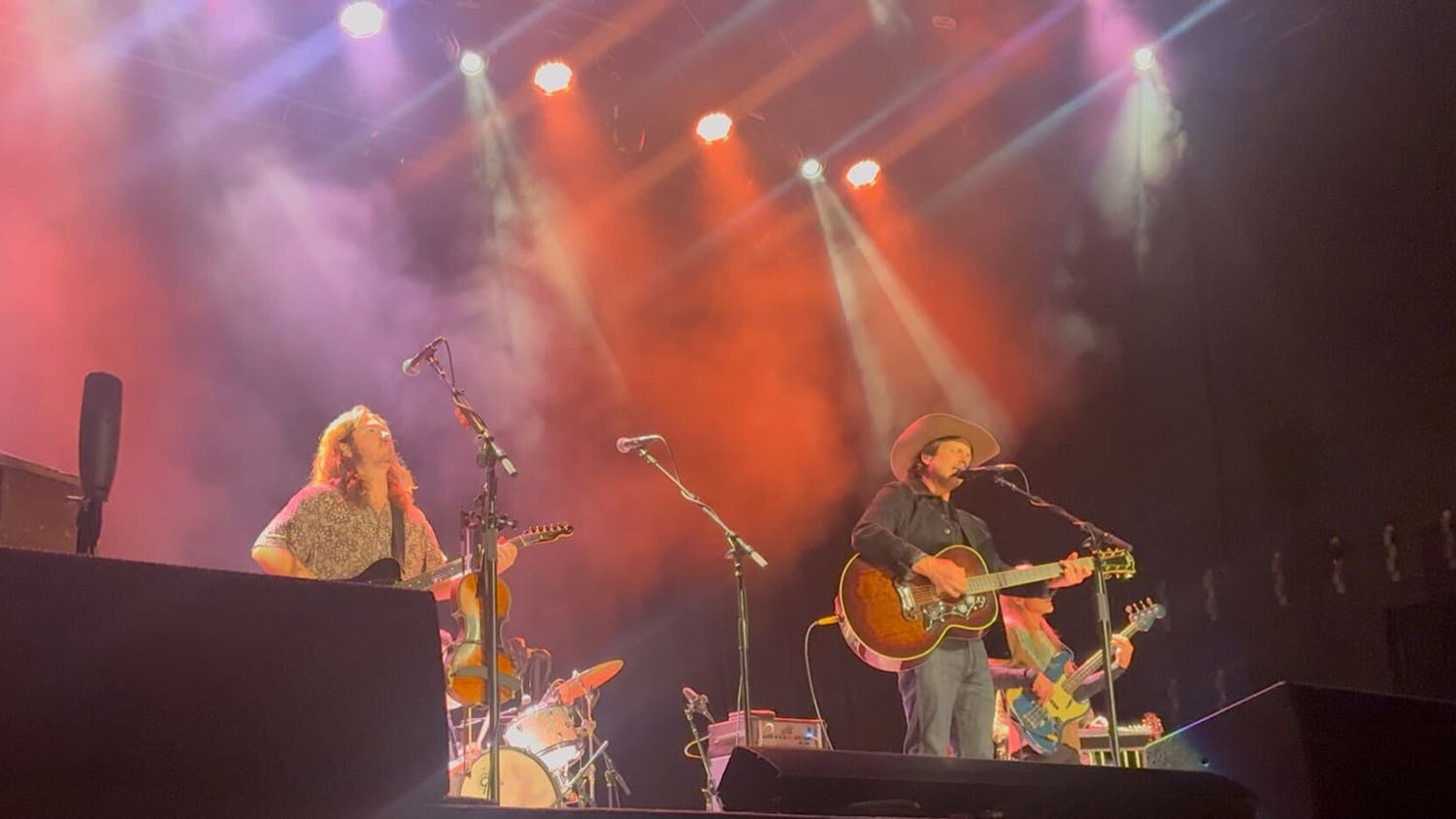Students majoring in the arts have always had to deal with questions like: “What is your second major? How are you going to make a living off of your art?" While these questions have become normalized, the University of Wisconsin-Madison needs to stand firmer with its art students. While there are some scholarship opportunities offered and other chances for "volunteer exposure," there needs to be considerably more support from the university. This would give students the chance to thrive after college instead of following in the footsteps of the "dreaded starving artist," a title that is commonly held by those that pursue art in undergrad.
Johanna Wienholts, a Lecturer of Harp at UW-Madison’s Mead Witter School of Music spoke about major stereotypes art students face. She also touched upon wealth disparities within musicians and common misconceptions that plague the passion and future of art students, specifically at UW-Madison.
Stereotype #1: “You don’t have to have the best products to be the best.”
The first stereotype a lot of art students face is the idea that you don’t need the best instruments to be the best. While so many artists want to support this optimistic idea, it simply is not true. Wienholts mimics the idea that the quality of product inevitably matters. “While it may be possible for students to get by with instruments that aren’t ideal, at a certain point it does impact the ability to progress,” shared Wienholts.
There are distinguishable differences in making art from lesser quality and cheaper materials and other artists notice these differences. Even if a crowd of people not educated in the art field do not notice, it makes for a tough competition between students who do not own these better quality materials versus those who can afford them. This harsh reality is one of many that art students must come to accept as they move further in the field. Art students at the University of Wisconsin-Madison are expected to buy these higher quality materials, which most times cost more than textbooks. The university disregards the hefty cost of these materials and does not consider that some students are covering these costs on their own and working to fund their career.
Stereotype #2: “If you love and have a passion for art, then you’ll make it work.”
The second stereotype a lot of art students face is the idea that a passion can drive your future as an artist. This is another example of a positive sounding stereotype that has a negative side effect. Yes, to be an artist in college you must have love and passion for it, but it also takes having money. Love and passion is not the hard part about the arts, it's the fundings and underlining loss of a support system that goes hand and hand with it. All artists and musicians are romanticized as people simply living in the moment, doing what they love. What is not romanticized and acknowledged is the obstacles that set so many student artists back from pursuing their love and passion: the amount of money it costs to maintain their skillset. Wienholts explains that “no amount of passion and hard work can overcome the obstacles related to systemic wealth disparity in this country”.
Stereotype #3: “Starving Artists”
The idea of starving artists is used more casually and commonly when talking about student artists that one might think. While this term has been normalized and is often perceived as a joke in discussions, it needs to be taken very seriously. Students majoring in the arts and music are dedicated to the work they do and the hours that go into their art. The reason behind the saying of “starving artists” is partially because the colleges do not give their art students the capabilities and resources to thrive after school. Most art related jobs require resumes that students cannot possibly achieve during college with the resources that are available. To diminish the saying of starving artists is to work on the lack of aid for artists, starting with the university’s support.
What UW can do to help this discrepancy
Donations from the university through scholarships are not enough to cover the harsh requirements society has for artists. “I think UW Madison needs to encourage transparency between faculty and students especially when it comes to practical aspects of surviving in the arts,” said Professor Wienholts when talking about what the university can do. To encourage transparency, the university can start by hosting town hall/council meetings to hear from the students themselves. This is a great way to start the conversation of what the university can do for its art students without any money involved. Another way the university can help its art students is to provide a broader option of classes specified for how to make a living with art after college. Professor Wienholts vocalizes her support for this, “These ideas have to do with broadening curriculum to reach students of many different backgrounds and widening the lens from the traditional classical canon.” This broadening of curriculum could be art business, music management, and graphic design marketing, and many more classes that can be included into the university’s courses. The university does not need to only throw money into the art programs to show more support for its artists. The act of the university wanting to hear from its students and listening to them is a good way for a start at bettering the wealth disparities within student artists and creating a better support system.
Additionally, Wienholts also discussed the climate at UW-Madison, which tends to amplify solely white voices. “While we speak often of diversity and inclusion, I wonder what additional steps could be taken at UW Madison to actively address white supremacy culture that academia perpetuates,” said Wienholts. As art tends to mimic real life, certain students might be using their creative outlet to tell a deeper story, one that reflects their own experience. Among a predominantly white student body, students outside of that mold might feel uncomfortable to create art that represents their authentic selves.
“We must learn to make space and value what exists beyond whiteness. There are so many resources out there that we can take advantage of in doing justice work in order to grow and thrive as an arts community here at UW Madison,” shared Wienholts.






